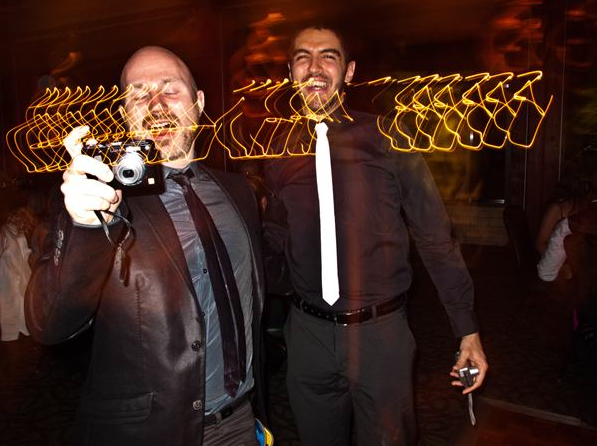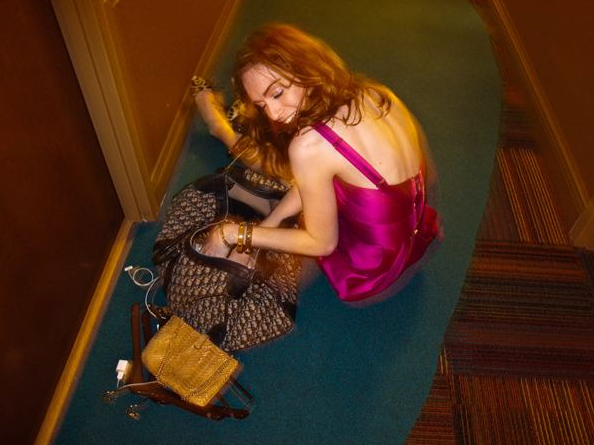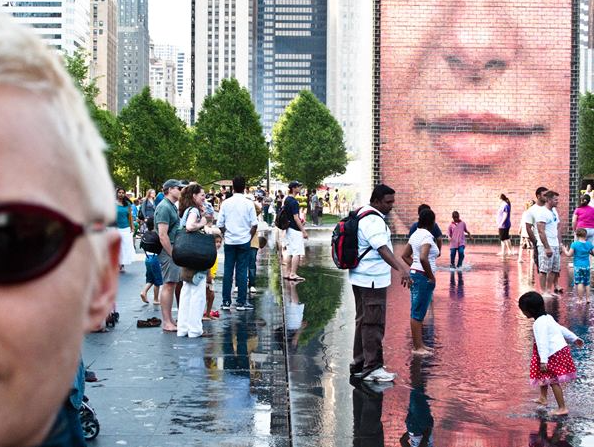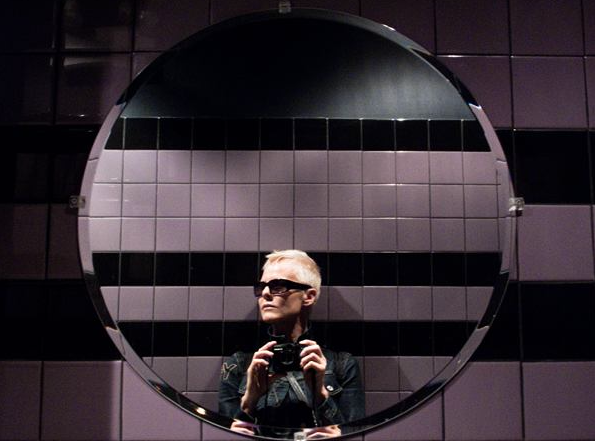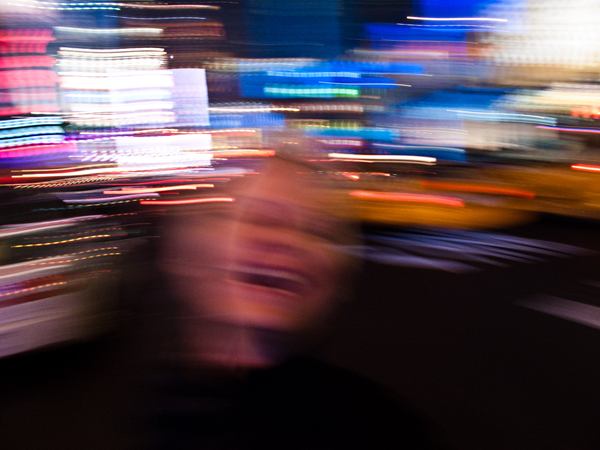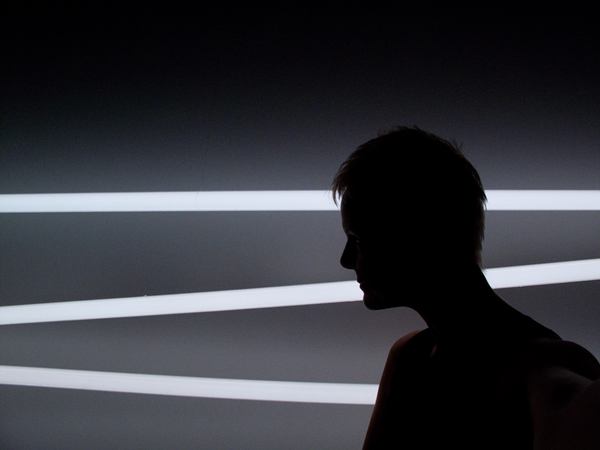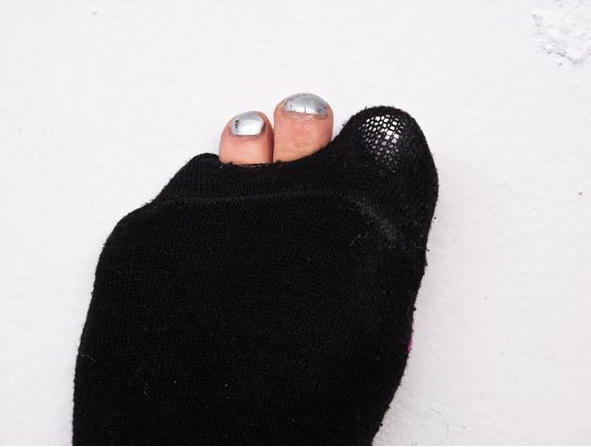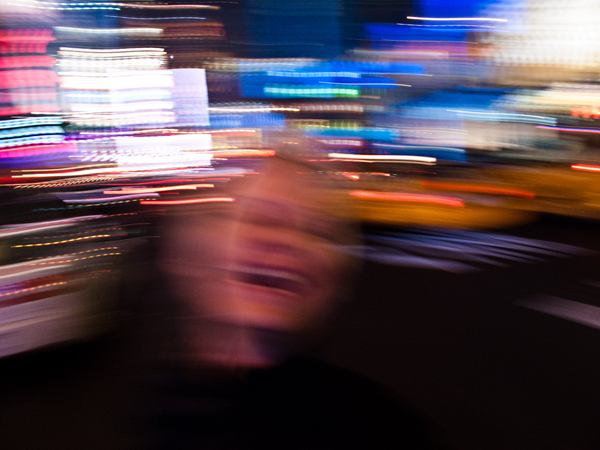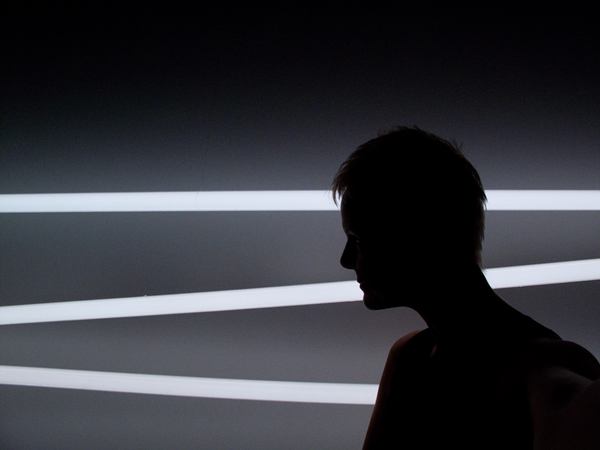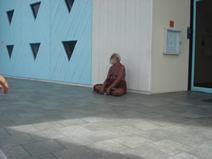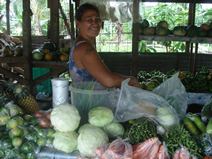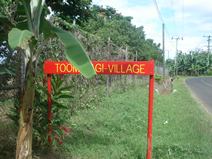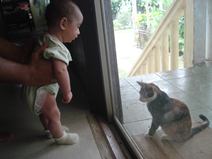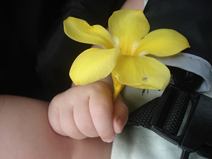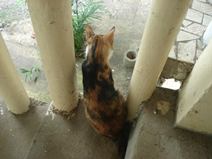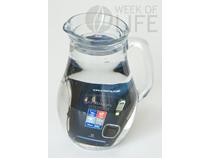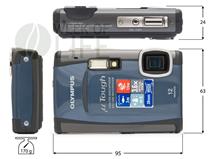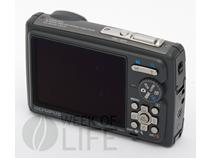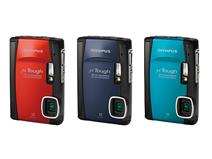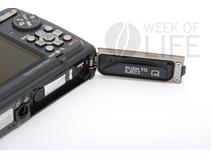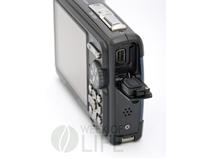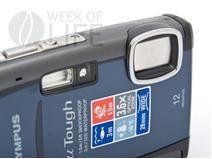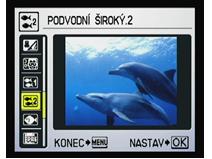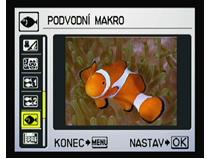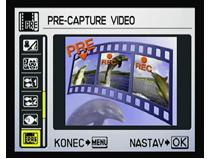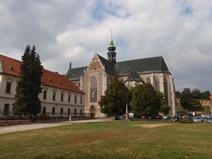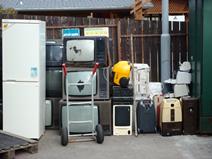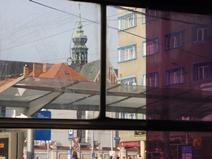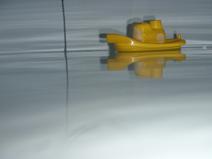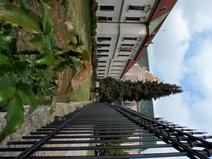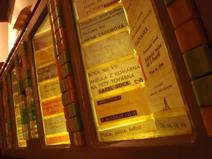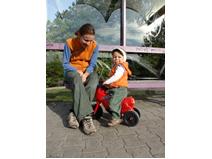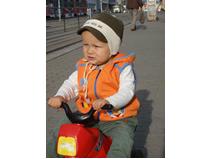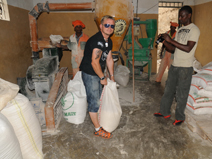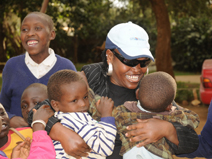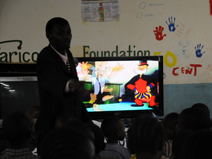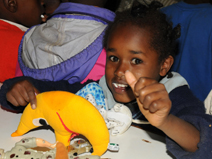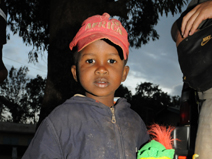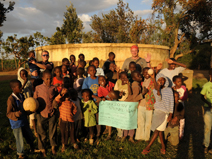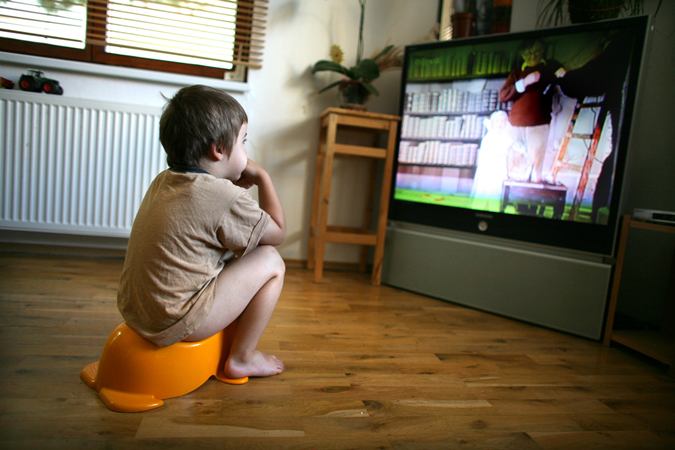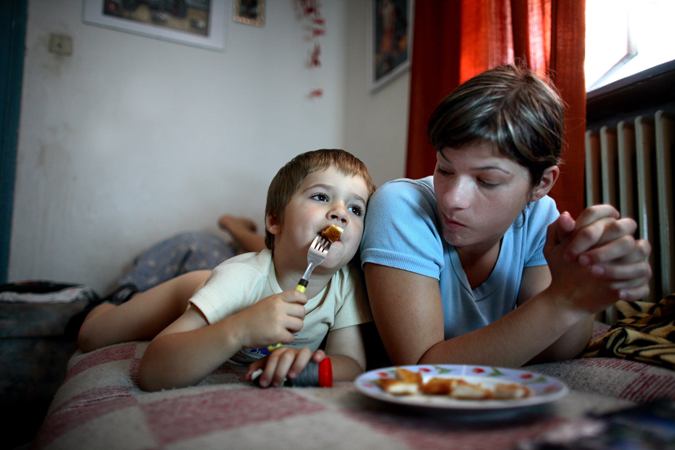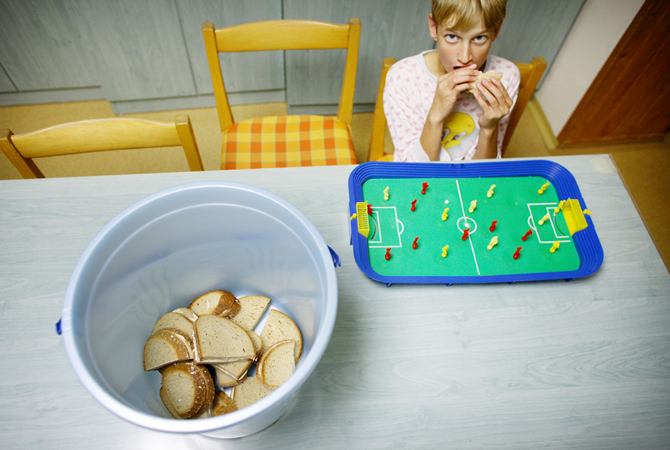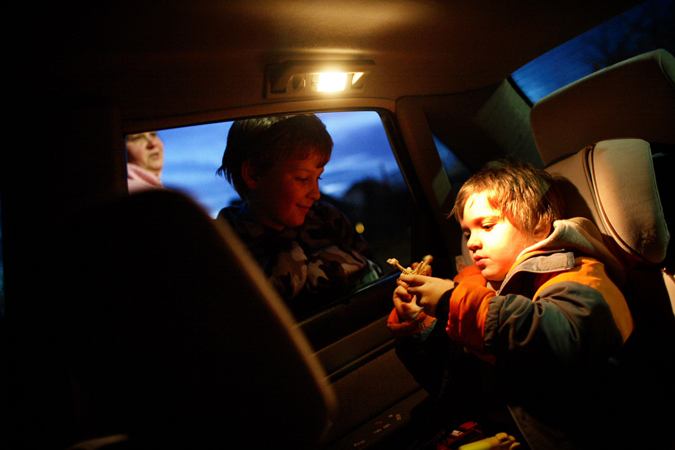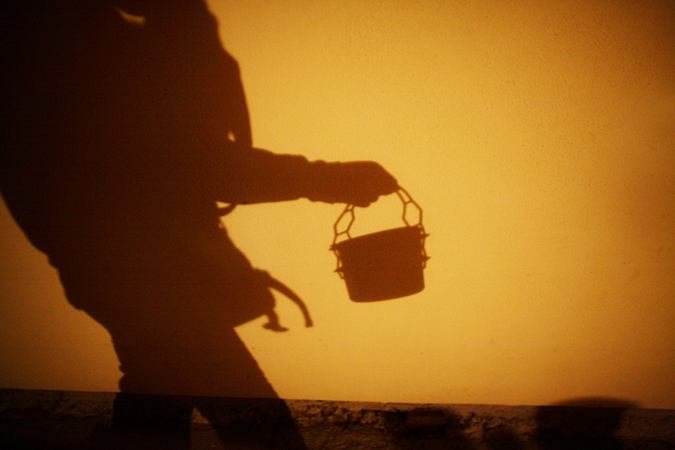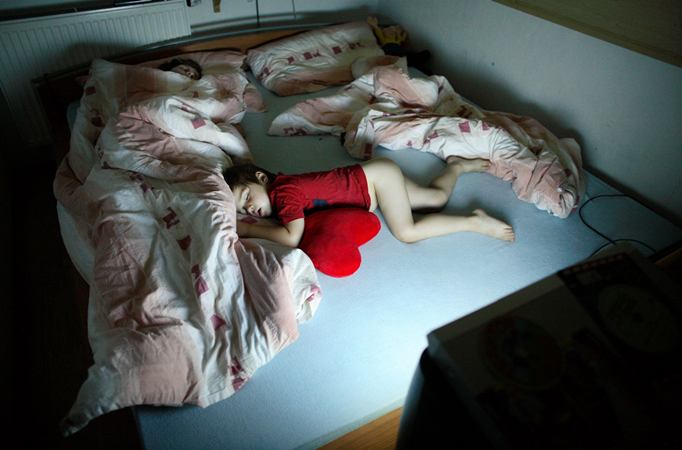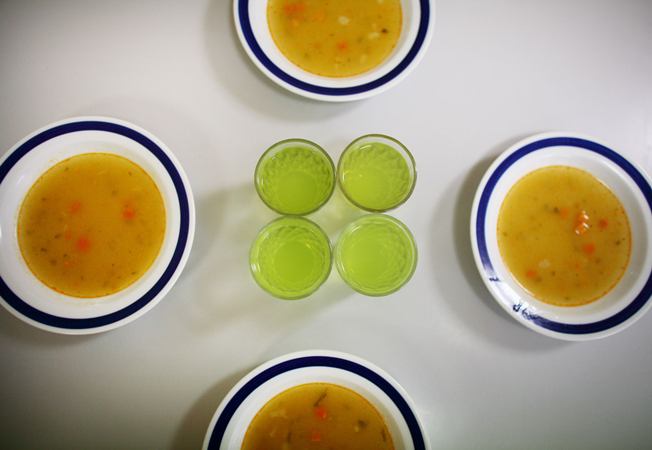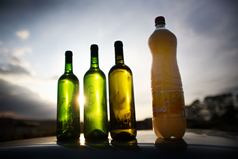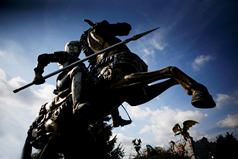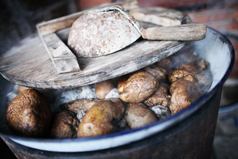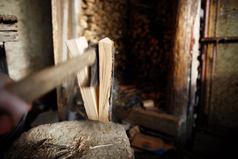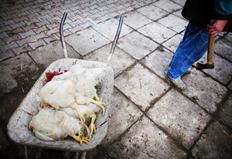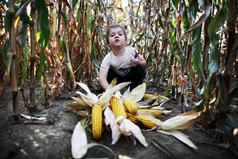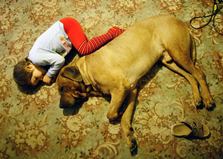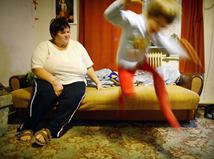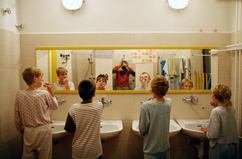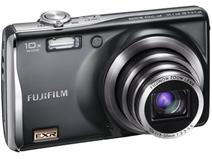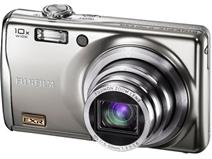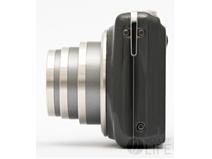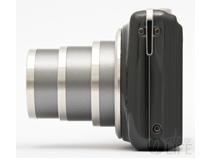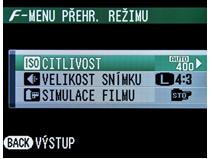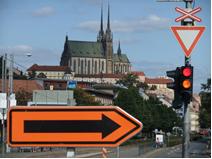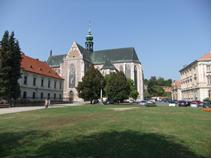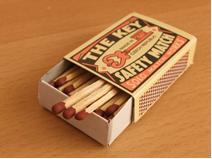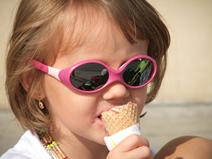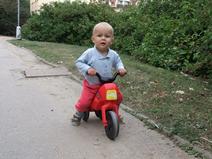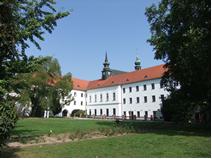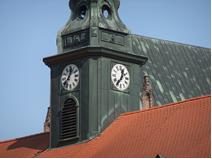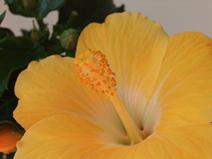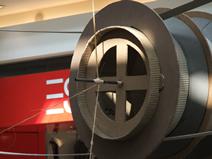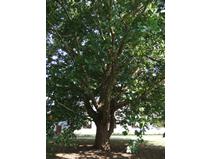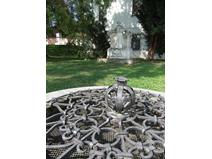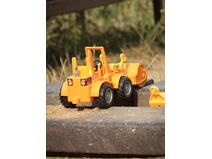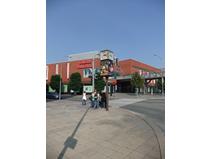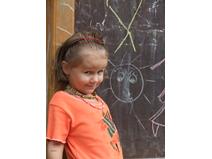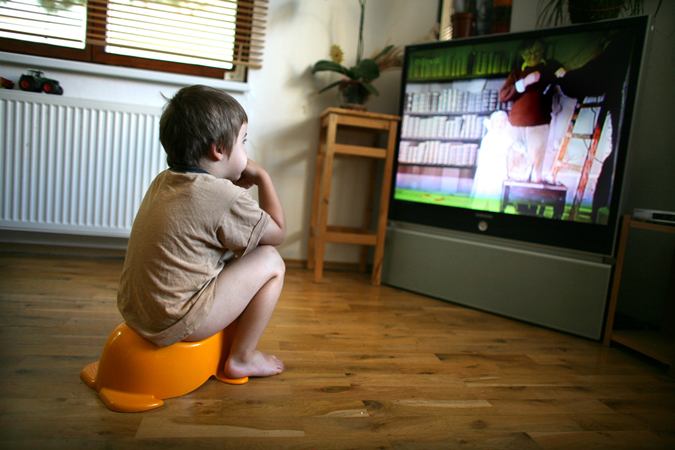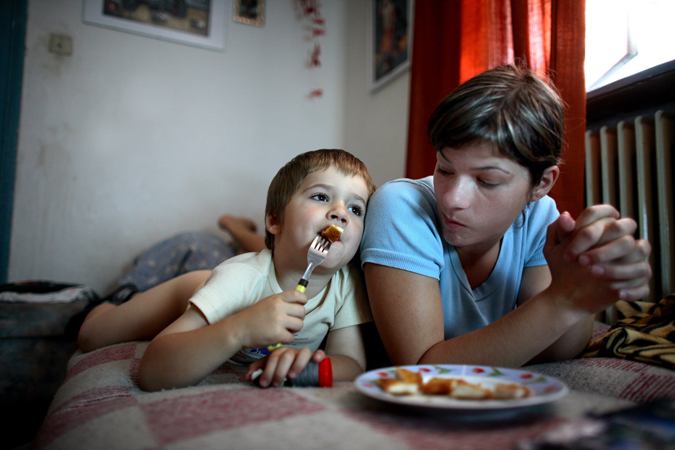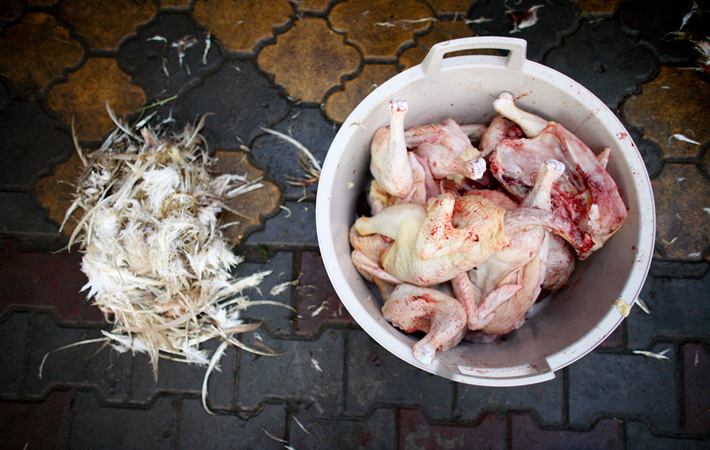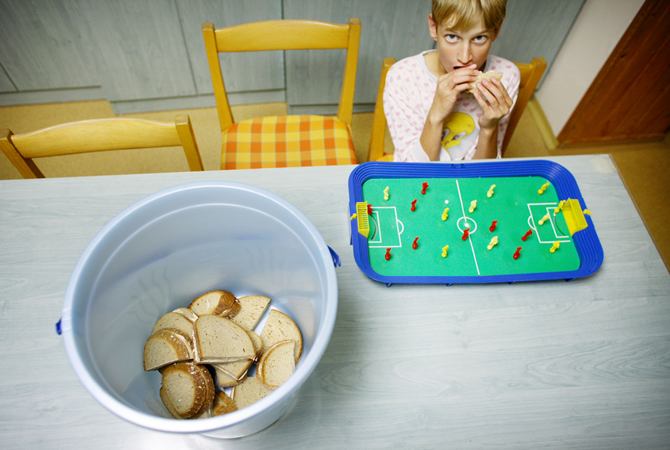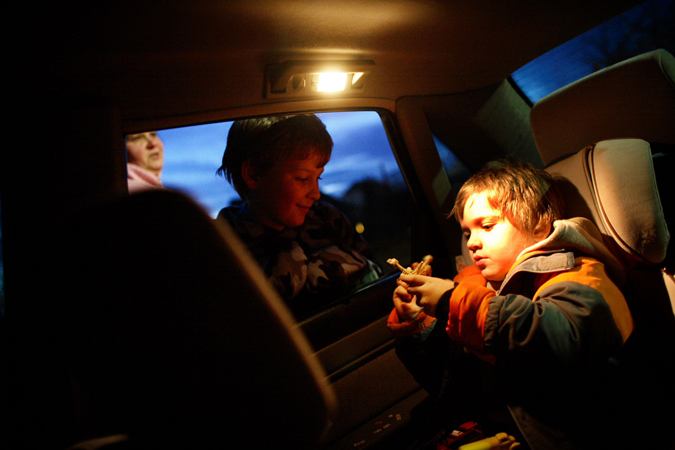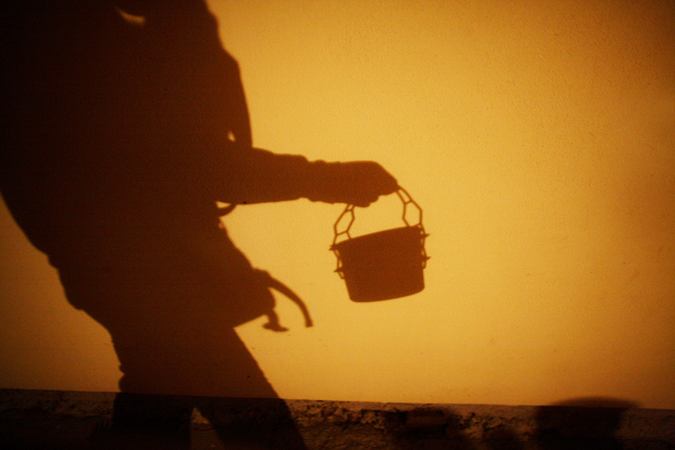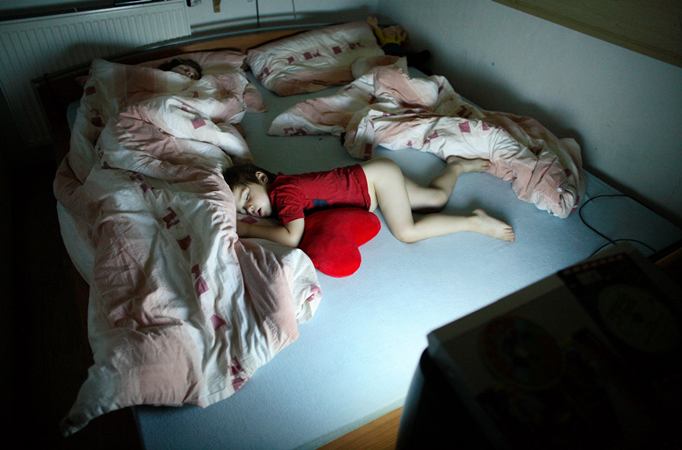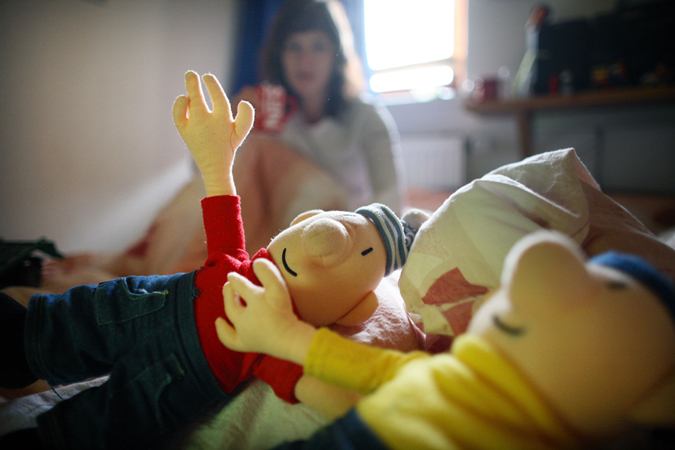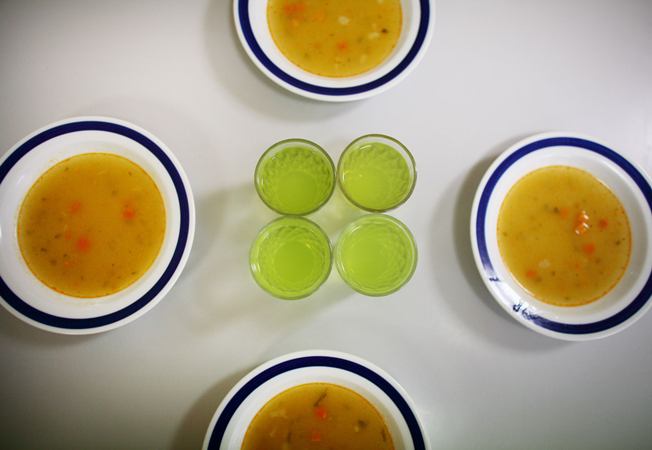Jiří Pergl, Enterpreneur, Czech republic
Report from Kenya 3.8. – 9.8.2009 – part I
5.8. The way to slums and Maasai village Doldo
The number of children living in the Children’s Home is 78; that’s the limit the government has decreed shall not be exceeded. Nevertheless, a larger number of children (specifically, 142) who come to the Home everyday, because the school is part of it. These children have lunch in the Home and that’s their only food they have the entire day as they will get nothing during the day in their homes. They are grateful for this single serving of food daily. On the basis of this fact, Jarda and Hellen and I made the decision that we would do something special for these specific children. Unfortunately, it was not possible to help all of them, because to visit 142 families would mean staying longer than we could. Hellen helped us to choose the ten saddest cases, and then we went to buy some basic food for them. Children from these families had already gone through such hell in their 8 years of life that we cannot barely understand it (they are affected by AIDS, their parents have already died, they sniff glue to calm down, they endure starvation, and it’s not even worth discussing water purity and hygiene).
In illustration, I point out our first stop at a little girl named Sarafin’ place. She lives in the slum with her great-grandmother and foster parents. Her parents died of AIDS and unfortunately, Sarafin has AIDS as well. She has to take medication and mainly eat, because the medication is very aggressive, and she has huge stomach-aches. The fact that she doesn’t eat for several days or that she discontinues her medication because her great-grandmother or foster parents can’t pay for it damaged her health so much that her time here on earth is rapidly declining.
Other cases are almost the same. So we settled on journey to help the rest of the families. In Nanyuki, there are 6 slums and the number of people living there is approximately 350,000. During our second stop, we visited 6 children living in their grandmother’s home as well, due to the death of their parents. Half of them are suffering from AIDS.
The third case was the worst with regard to psychology. We met with 12 children from 2 to 13 years of age. The thing was that we couldn’t find them. In the place where they were supposed to live there were just locked doors and nobody around. They had lived with one old African woman who threw them out onto the street because they hadn’t paid the rent for three month. We tried to find them to help put everything in order. As there were no OMDC financial resources remaining, I paid the debt plus rent for the next 4 months by myself and warned the woman that if she did it one more time she would meet with furious mudzunga (which means white men).
The next visits were in the same spirit as the earlier visit Joy, hugs, thanks (asante sana in Swahili), and a lot of happiness. We took the last five big bags of food and went to Somalia, which is 180 km away from Nanyuki. In Dodol, there was a big surprise awaiting us. The first stop was not as was usually the case at a children’s home, but directly at the office of local civil authorities. The city’s mayor’s personal invitation really surprised me. He had learned from Hellen about my organization, OMCD, and about our help to the Children’s Home in Nanyuki. He acquainted us with the problems of the province where 90% of inhabitants are Masai. Local girls are married at the age of seven, and they must fulfil all the marital duties. In addition, all these girls undergo female genital mutilation. This practice is still present, and not only in this area. The city’s mayor announced to us that for this reason he would give us an area of 1000 acres for OMDC to operate and help these desperate girls. He gave us a specific time frame to establish the background and schools for girls with security to prevent husbands from coming into the building.
That day, we were accommodated in an Old House, just beyond Nanyuki. Hellen surprised us once more when she invited journalists to share dinner with us. One man was from Daily Nation Kenya, which has the largest daily circulation in Kenya, and two other men came from different Kenyan radio stations. We talked about our organization, about helping children in this area, and all three were enthusiastic. They promised to publish an article in the journal and to make reference to our organization.
6.8 Departure from Nanyuki to Nairobi with the stop in another slum
In the morning, we discovered in a suitcase one blown-out plastic bag the stuffed toys that a school called Chvaletická from Czech Republic had donated to us. It occurred to us that we could go to the next slum and hand out the stuffed toys from the car. Although the joy in the Children’s Home in Nanyuki was amazing, the joy of children living in poor slums without the chance to get into the Children´s Home was incredible. It was fascinating and wonderful.
In Jaroslav’s and my opinion, this journey leading back to children from Nanyuki succeeded. We cared for two-hundred and twenty children who will have enough food for the next four to five months; they can watch fairytales for the first time in their life, and, finally, they know the feeling of having something in their own possession—like stuffed toys.
7.8. – 8.8. Departure from Nairobi to Masai Mara National Reserve
The second part of our trip to Kenya wasn’t related to the OMDC program. Jarda was in Kenya for the first time so, possibly like most others, he wanted to visit a national park to encounter African nature and its wildlife. The most famous park in Kenya is Masai Mara National Reserve. It’s situated in south-western Kenya and borders Tanzania. It’s such a large reserve that it’s not possible to pass through it in one day. Mara River, which divides it, is known for its annual migration of thousands of animals coming from Serengeti National Park in Tanzania. The Nile crocodile, which is the largest crocodilian in Africa measuring 8 meters, lives in this river. The migrating animals, such as zebras, wildebeests, etc., have to cross the river, and very often, it’s not easy. Either they drown or are eaten by the crocodiles. August is the best month to see this nature show. Another amazing adventure is the view of the large number of lions, which you can come close to and look them face to face, or just watch them eating their food. Apart from lions, there are also other interesting animals—leopards, elephants, giraffes, waterbucks, hyenas, hippos, and various kinds of snakes including black mambas and cobras.
The entrance to this national reserve costs 60 USD for mudzunga and 40 USD for a car. It’s better to set up sleeping arrangements in advance in Nairobi at any Kenyan agency. If not, you might have to drive 400 km to Masai Mara and there discover there is no vacancy. In nearly all cases accommodation is provided in tents where there are 2 beds, a shower and toilets. The prices can be different—from 40 USD per person without food to 250 USD per person all inclusive. You can meet all kinds of people–including rich Germans, French, Italian, Japanese, Americans, etc. We paid for the cheapest one and went two days without taking a shower. We also enjoyed dirty water from the tap, a toilet that was out of order, and over-roasted food.
9.8. Masai Mara and leaving to Nairobi
The price of entry to the Masai Mara National Reserve is for a one and a half day visit. If you are able to wake up at 6 a.m., you have a unique chance to watch lions during hunt. Their attacks on wildebeests and zebras are an everyday spectacle. But you have to be lucky as we were because we found a huge pack of lions that hunted down two animals. Even our guide told us that he had never seen such a spectacle although he has been going to the reserve for more than 5 years.
After watching the animals we leave Masai Mara and go to Nairobi. It’s almost impossible to drive on this road by ordinary car. You drive 80 km on the dusty roads that are full of pot-holes where even a big Jeep has problems. Near the city Narok, we finally were able to continue on an asphalt road which was in construction and should be finished by the end of 2009 which is almost a miracle in Kenya. When we arrived in Nairobi, we went to our favourite hotel, Central Park Hotel, and after being two days without clean water we finally had a shower, food, and clean bed …
Our Kenya adventure lasted until August 12, 2009. I’m glad that I had the opportunity to help children from the children’s home in Nanyuki through our organization One More Day For Children and at the same time show a little piece of this magical country to my friend, Jaroslav Tarczal.
 |
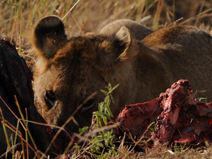 |
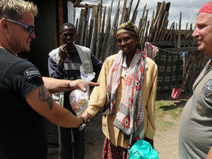 |
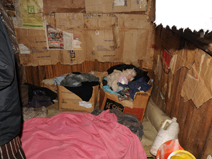 |
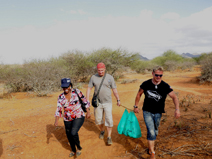 |
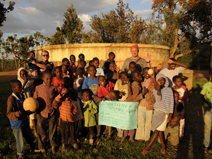 |
 |
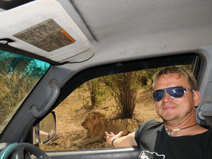 |
 |

